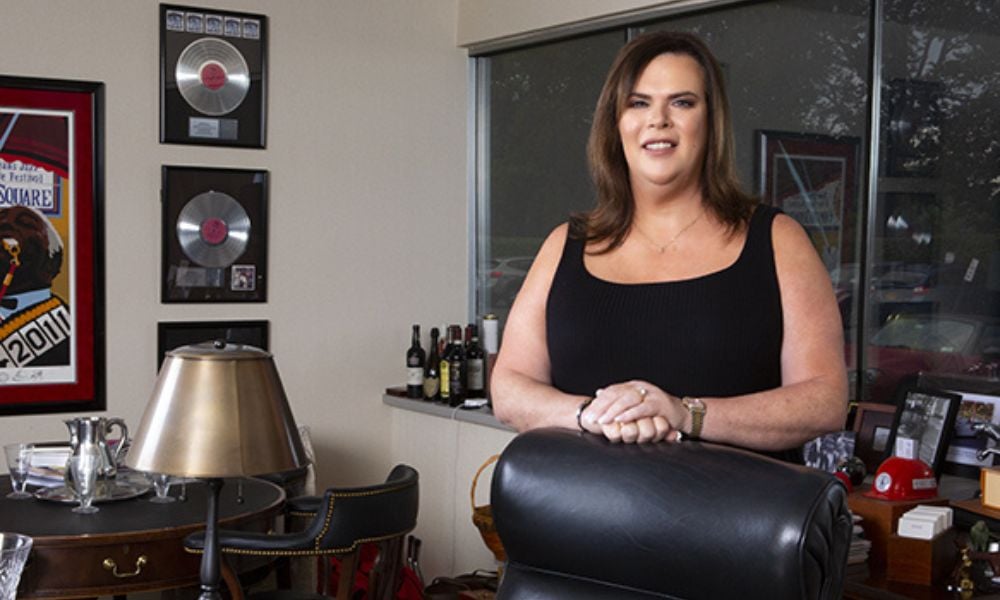
'Employers need to lead by example and keep their ears and eyes open for people that go astray'

For Wynne Nowland, CEO of financial services firm Bradley & Parker, microaggressions around her transition took the form of off-colour commentary.
“I remember when someone told me how great I looked considering I was trans,” she tells HRD.
“You kind of have to wonder if they mean it as a compliment or a dig. Another one in a similar vein is when they tell you they would’ve never known you were transgender – or when they ask, ‘What's your real name?’”
As a trans woman in the workplace, Nowland has seen first-hand the damage harmful throwaway comments can have – and believes it’s high time employers step up and stamp them out.
“You need to first start off with a very clear and concise policy that microaggressions against any marginalized group will not be tolerated in the workplace,” she says. “Many states are now mandating training for team members regarding harassment that includes examples of microaggressions and how to avoid them.
“Even in states where the training is not mandated, these training courses are readily available. In our company, we use ones that are online and offer video examples and even quiz the participant to make sure they understand the issues. Of course, leading by example is another technique managers should use as well as just monitoring things in the workplace and nipping offenses in the bud.”
One in 300 Canadians now identify as transgender or non-binary, equating to almost 60,000 individuals. Despite making up a hefty chunk of the working population, many trans people still face barriers and discrimination – especially in the corporate world.
According to the National Crime Victimization Survey in the U.S., transgender individuals have a much higher chance of being assaulted because of how they identify compared to their cisgender counterparts. In 2021 alone, 375 transgendered people were murdered – making last year the deadliest for the community. While it’s not employers’ responsibility to protect their people outside of the office, they do have a legal obligation to provide a safe and secure working environment – one free from abuse and harassment.
“In addition to making sure the company’s policy on these matters is clear and to the point, employers need to lead by example and keep their ears and eyes open for people that go astray,” says Nowland. “Those team members need to be alerted to the behaviour and appropriately warned. If the behaviour continues more serious consequences should be the result.”
By encouraging all your employees to use their preferred pronouns, you create a culture of acceptance and openness – which in turn allows trans individuals to bring their true selves to work.
And there’s a myriad of resources out there to get started. Back in 2017, the Canadian government launched the Support for trans employees: A guide for employees and managers – a resource offering advice on how best to support your trans staff. The document details everything from privacy to pronouns to dress codes and washrooms – so really there’s little to no excuse for falling short in the trans-inclusivity stakes.
And while Nowland believes that everyone should be fully informed of trans rights in the workplace, she’s not about crucifying people over innocent slip-ups – as long as they’re not repeating themselves.
“When I first transitioned, people would make innocent mistakes all the time,” says Nowland. “Either using my old pronouns that they were used to or my dead name, which they were used to. They knew me that way for a very long time and it is natural for slip-ups to occur while they’re getting used to things.
“Not making an effort to use those correct names and pronouns over time, though, I think become intentional. I think most trans people are pretty cognizant of which is which.”
Being a real ally takes more than putting up rainbow flags once a year or booking a float at the annual Pride parade. It’s about building a culture that champions trans individuals – through all stages of their personal journey.
Take Molson Coors, for instance. The beverage giant offers Canadian employees access to a Gender Affirmation Benefits program, which reimburses workers’ masculinisation or feminisation treatments.
And while it might not be possible for smaller sized companies to offer such generous perk plans, there are more incremental steps that you can take to show support. These can include:
Want to learn how to champion the LGBTQ+ community? Watch HRDTV’s interview with Thomson Reuters' Head of Talent & Diversity here.